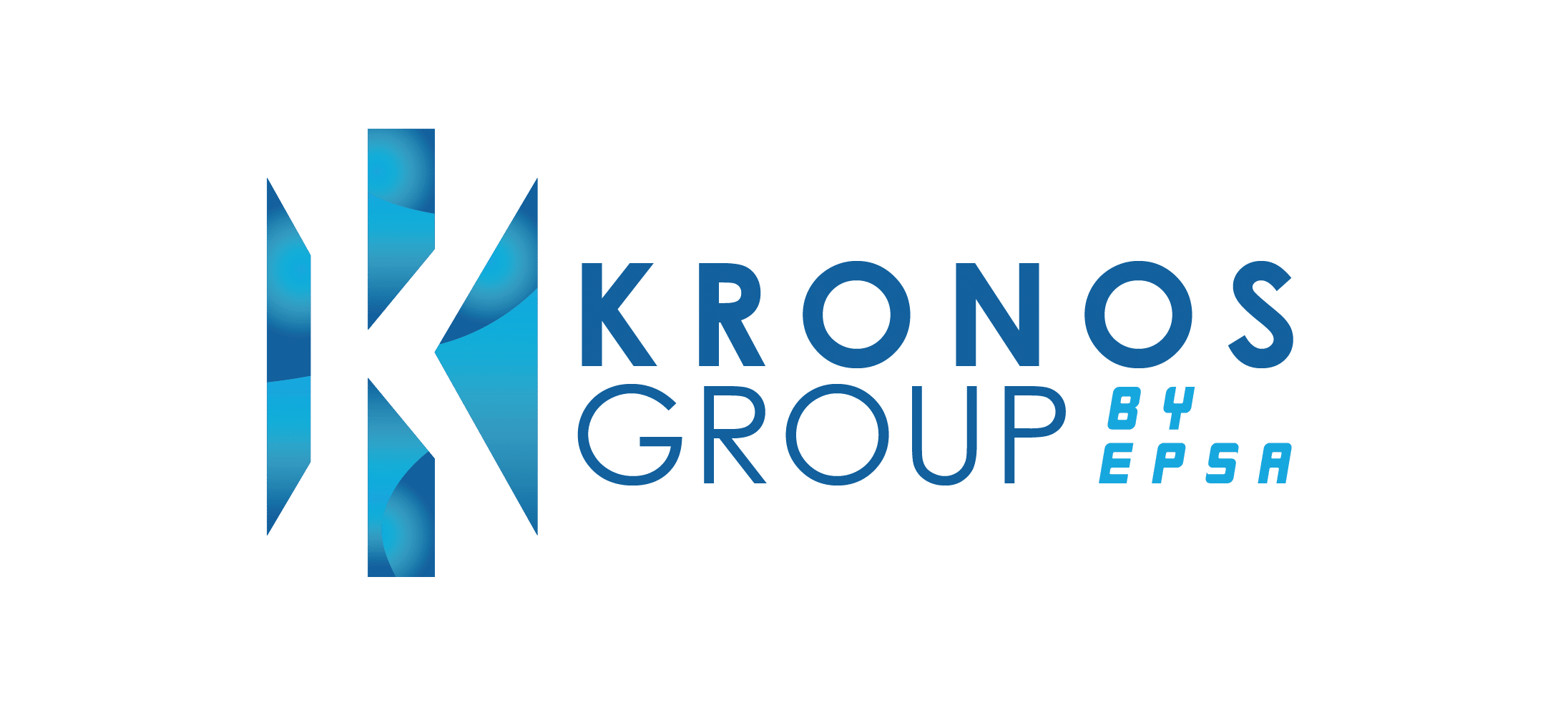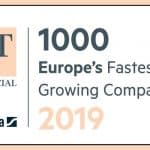Why competitive procurement methods must be adopted in the face of market volatility

Summary
Volatility is crucial for investors as it reflects the risk and uncertainty of their investments. Factors contributing to increased volatility include global economic uncertainty driven by trade tensions and geopolitical risks, which impact investment decisions and supply chain management strategies. In response to these risks, competitive procurement methods ensure cost efficiency, transparency, and risk minimisation. They foster innovation and excellence by encouraging suppliers to differentiate themselves. A real-life example of its success is NASA’s Commercial Crew Program with SpaceX, highlighting the benefits of competition in driving technological advancements and achieving goals efficiently.
The World Bank reports that global economic uncertainty, driven by factors such as trade tensions and geopolitical risks, has contributed to increased volatility in financial markets worldwide. This uncertainty affects investment decisions and supply chain management strategies.
There are several interconnected factors that contribute to market volatility, impacting global financial stability. Specifically, changes in oil prices, geopolitical developments, trade tensions, instability in emerging markets, and fluctuations in the technology sector all significantly affect market dynamics.
What are some recent factors of market volatility?
- Oil price fluctuations: Fluctuations in oil prices have historically been a result of various factors, including geopolitical tensions, decisions made by oil-producing nations like OPEC, and fluctuations in global demand. In 2020, due to the decrease in global fuel demand caused by the COVID-19 pandemic, oil prices experienced a significant drop to unprecedented levels. This volatility had a widespread impact on energy companies, economies heavily dependent on oil exports, and financial markets with investments in the energy sector.
- Geopolitical events and trade tensions: Geopolitical occurrences, such as trade disputes between major economies, negotiations, and sanctions imposed on countries like Russia and Iran are contributing factors to market instability. Modifications in trade policies, tariffs, and diplomatic ties have the potential to disrupt global supply chains, impact business activities, and sway investor behaviour in financial markets.
- Instability in emerging markets: Factors such as currency fluctuations, political instability, and susceptibility to external shocks contribute to heightened volatility in emerging markets. For instance, currency crises in countries like Argentina and Turkey have impacted investor confidence and capital flows into these economies.
- Volatility in the technology sector: The technology sector, known for rapid innovation and market disruption, also encounters volatility. Stock prices of tech giants can experience significant fluctuations in reaction to earnings reports, regulatory scrutiny, or changes in consumer preferences.
What are competitive procurement methods?
Methodologies of competitive procurement are the strategies and processes that organisations use to acquire goods, services, or works from external suppliers through a transparent and competitive bidding process. The main objective of competitive procurement is to guarantee fairness, optimise value for money, and reduce the risks related to purchasing decisions.
Key elements and features of competitive procurement methods include:
- Open competition: This is when various suppliers or vendors are asked to pitch in their suggestions and offers in response to a solicitation. This makes a competitive landscape where the suppliers compete against cost, quality, processes, and other particular criteria.
- Transparency: The process is designed to be transparent and showcase process visibility, which gives all suppliers involved access to details about procurement requirements, evaluation standards, and timelines.
- Multiple bidding formats: Competitive procurement can take various forms, including:
- Tendering: It is a systematic method where suppliers give sealed bids in response to a detailed and specific request for a tender (RFT) or invitation to tender (ITT).
- Request for proposals (RFP): Typically employed in intricate procurements, this approach involves requesting detailed submissions from suppliers that delineate their suggested answers, methods, and costs.
- Reverse auctions: A type of online auction or bidding where sellers provide the lowest quote; this is usually seen for commoditised goods or services.
- Evaluation criteria: The bidders or proposals from suppliers are assessed according to predefined measures like price, quality, technical capacity, process schedules, and meeting the specifications or requirements.
- Contract award: The contract shall be awarded to the supplier who fulfils the evaluation criteria and provides the best value for money or the highest return on investment. Normally, selection decisions are taken according to objective evaluations and can include discussions for settling negotiations and conditions.
- Legal and regulatory adherence: Competitive procurement methods align with the legal and regulatory structures overseeing procurement in both public and private sectors. This guarantees that the procedure is conducted in an ethical manner, safe from fraud, collusion, or bias.
Are there any real-life applications of competitive procurement methodologies?
A competitive procurement system promotes cost efficiency by creating a marketplace in which several suppliers compete for contracts, resulting in the most favourable prices through price wars, benchmarking with market rates, and securing discounts through bulk purchasing. This method guarantees transparency and impartiality by assessing bids against specific criteria, maintaining transparent procedures, and enforcing accountability.
Additionally, competitive procurement practices minimise risks by diversifying suppliers, facilitating contingency planning, and offering market insights. Moreover, it fosters ingenuity and excellence, as suppliers endeavour to distinguish themselves and fulfil lofty expectations. As time progresses, unambiguous procurement methods cultivate confidence-driven, enduring associations with dependable suppliers, cultivating beneficial collaborations and perpetual enhancement.
A real-life example of successful competitive procurement modules is SpaceX and NASA. Elon Musk co-founded SpaceX, a private entity specialising in aerospace manufacturing and space transportation. After the retirement of the Space Shuttle program, NASA sought to create a commercial crew initiative to transport astronauts to and from the International Space Station (ISS).
Use of competitive procurement: NASA used competitive procurement strategies to select private companies for its Commercial Crew Program. SpaceX competed with other aerospace corporations, including Boeing, throughout various stages of the procurement process.
Competitive bidding: NASA released RFPs outlining their transportation needs to the ISS. Companies including SpaceX, submitted proposals detailing their technology, finances, and plans to meet NASA’s safety regulations and mission assurance standards.
Award of contracts: NASA awarded contracts to multiple companies under its Commercial Crew Transportation Capability (CCtCap) program. In 2014, SpaceX received a contract to develop its Crew Dragon spacecraft and provide transportation services for the ISS crew.
Performance and competition: During the development phase, SpaceX and Boeing competed to meet NASA’s milestones and requirements. NASA regularly evaluated each company’s progress and execution to ensure accountability and foster competition.
The competitive nature of the procurement process encouraged SpaceX to continuously improve its spacecraft design and production methods to meet NASA’s cost-efficiency and performance standards. The competition led to cost reductions and accelerated the development of innovative space transportation capabilities.
The benefits of competitive procurement models include stimulating a wave of innovation driven by the desire to compete, resulting in advancements in spacecraft engineering, technology, and operational efficacy. NASA was able to attain cost efficiency through the implementation of competitive procurement strategies, in contrast to conventional government-led development programs. SpaceX and other companies strictly adhered to the schedule milestones set by NASA, guaranteeing prompt advancement and delivery of crew transportation capabilities.
The successful establishment of American human spaceflight capabilities, as demonstrated by the SpaceX and NASA Commercial Crew Program, serves as a prime example of how competitive procurement methods can effectively stimulate innovation, cost efficiency, and performance in multifaceted technological endeavours. Through the strategic utilisation of competition among private enterprises, NASA fulfilled its objective while simultaneously fostering a sustainable and competitive space sector.
Elevate your procurement practices towards excellence with Kronos Group
Elevate your procurement methods to achieve excellence through Kronos Group. Our expertise in procurement guarantees cost-effectiveness by stimulating price competition, comparing against market rates, and utilising bulk pricing benefits. Achieve procurement excellence with procurement consulting.
FAQs
Are there specific industries where competitive procurement is particularly beneficial during market volatility?
Competitive procurement is beneficial across various industries, but it is especially critical in sectors like construction, manufacturing, healthcare, and information technology, where supply chain stability and cost management are vital.
What best practices can organisations follow to optimise competitive procurement during market volatility?
Organisations can optimise competitive procurement during market volatility by regularly reviewing and updating procurement strategies, building strong relationships with a diverse range of suppliers, investing in training for procurement staff, leveraging market intelligence and analytics, and ensuring flexibility in contracts to adapt to changing market conditions.
How can competitive procurement methods contribute to organisational resilience during prolonged market volatility?
Competitive procurement methods enhance organisational resilience by diversifying supply sources, reducing dependency on single suppliers, and fostering competitive pressures that drive efficiency improvements. These methods enable organisations to adapt quickly to market changes and maintain operational continuity.



